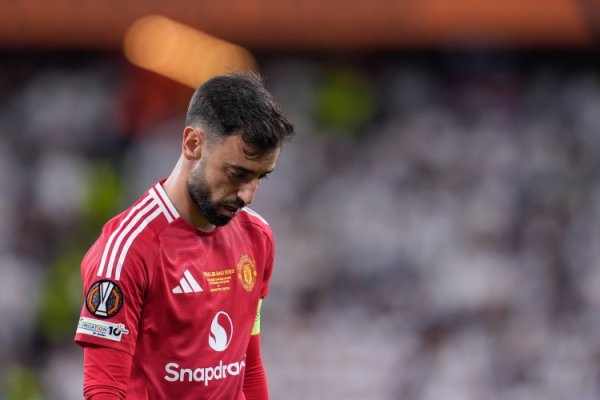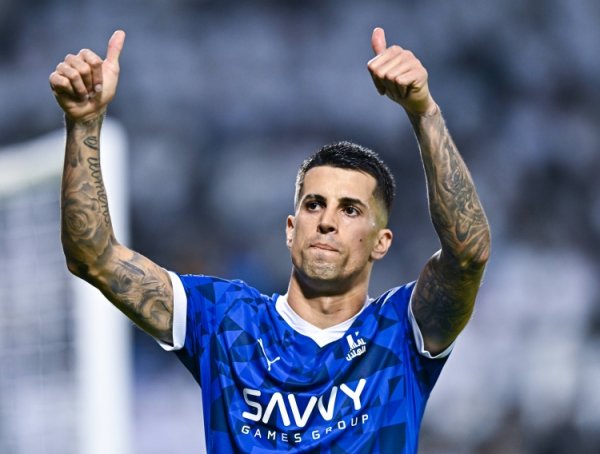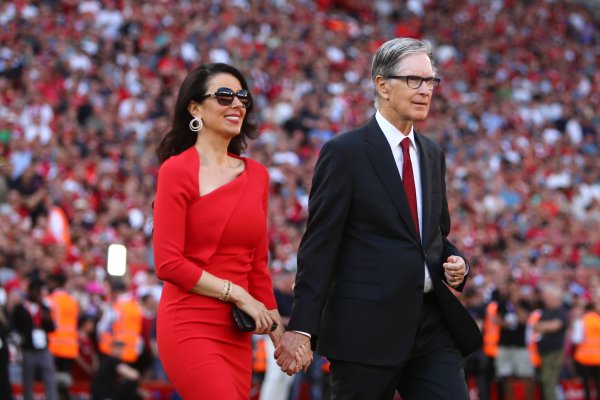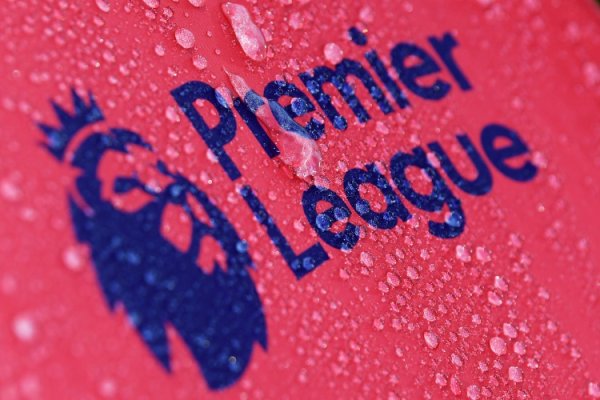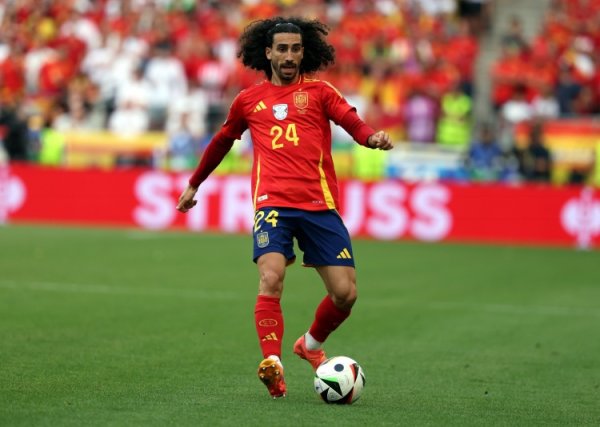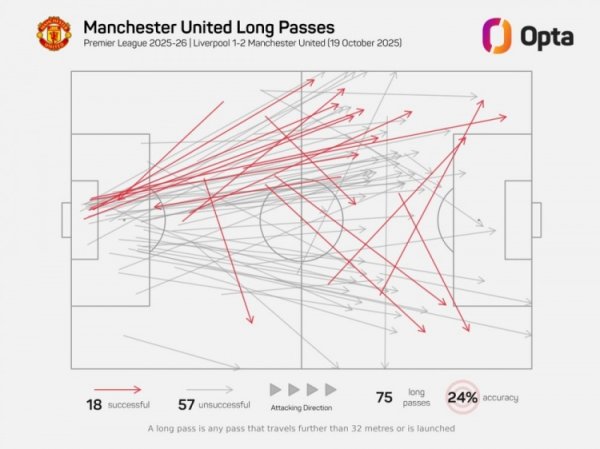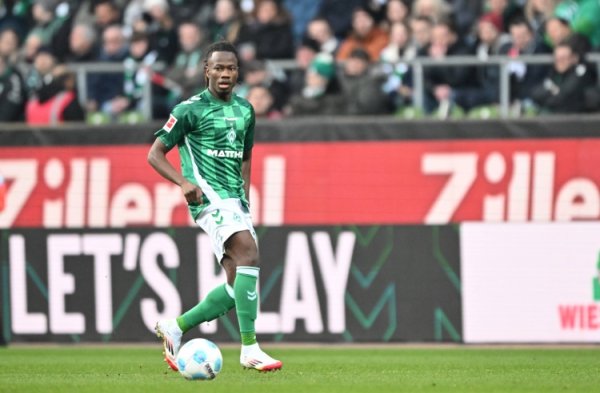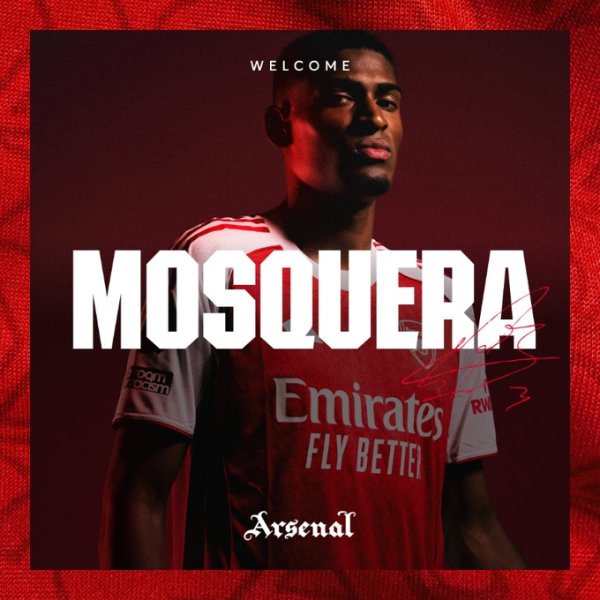The new European Super League format: three levels + 36 teams each, which will avoid duels with too large a disparity in strength.

"Aspen" reported that the European Super League will launch a new competition model with three levels and 36 teams in each level.
The European Super League will consist of three levels of competition: Star League, Gold League and Blue League. On the surface, there is nothing new. Each level has 36 clubs, which is the same size as UEFA's current club competition. Qualification will also follow the same process as UEFA, which is based on the annual performance of domestic leagues.
However, the Star League will be divided into two groups, A and B, with 18 teams in each group. This is what the European Super League A22 company calls the core of the reform, which aims to improve the competitiveness and quality of competition in the early stages.

Group A consists of the following teams: the defending champions of the Star League and the champions of the six top leagues. According to the UEFA coefficient, they are currently England, Italy, Spain, Germany, France and the Netherlands. The remaining places are generated from the 11 clubs that have never obtained the above qualifications but have the highest UEFA club coefficient.
Group B consists of the remaining 18 qualified clubs and is ranked according to UEFA rankings.
In the group stage, each club will compete within its group, and the team with the best results will advance to the knockout rounds or play-offs. Each club plays a total of 8 games in the group stage, 4 home and away games, against 8 different teams in the same group. Of these 8 games, 4 will be against the teams in the first pot of the draw, that is, the top 9 clubs in each group of UEFA coefficients, and the other 4 will be against the teams in the second pot, with specific opponents determined by random draws.
Regarding the direct promotion quota, this model applies to the 25/26 season. According to the current UEFA rankings, the Group A lineup may include: defending champion Paris Saint-Germain and major league champions Liverpool, Naples, Barcelona, Bayern and PSV. What still needs to be clarified is how the French league championship spots will be distributed if Paris Saint-Germain is already shortlisted as the defending champion.
To round up 18 teams, the other clubs with the highest UEFA coefficients may include: Real Madrid, Inter Milan, Manchester City, Dortmund, Bayer Leverkusen, Arsenal, Atletico Madrid, Chelsea, Benfica, Frankfurt and Atalanta.

Knockout format
Group A: The top 6 teams directly advance to the top 16; the next 8 teams (7th to 14th) enter the play-offs; the last 4 teams are eliminated.
Group B: The top 2 teams advance directly to the top 16; the next 8 teams (3rd to 10th) enter the play-offs; the last 8 teams are eliminated.
This system is very similar to the current Champions League, but the European Super League divides 36 teams into two groups, while UEFA uses a single league format. The purpose is to avoid a showdown with disparity in strength such as Real Madrid vs. Khairati.
European Super League Play-off Match Arrangements
There are seeded teams in the play-off stage. In the 32-to-16 play-offs, clubs will be paired according to the final ranking of the group stage to form four pairs of seed combinations, such as 7th and 8th, 9th and 10th, 11th and 12th, 13th and 14th in Group A, and four pairs of non-seeded combinations, 3rd and 4th, 5th and 6th, 7th and 8th, 9th and 10th in Group B. The clubs in each seeded pair will be drawn against the clubs in each unseeded pair.
European Super League Top 16
Starting from the top 16, the matchups are determined by drawing lots, following the following principles: clubs are paired according to the final ranking of the group stage to form four pairs of seed combinations, such as the 1st and 2nd, 3rd and 4th, 5th and 6th in Group A, and the 1st and 2nd in Group B. Each club in the seeded pair will be assigned a fixed spot in the round of 16 to face the winner of the play-offs.
The European Super League has made many adjustments to its competition format. Initially, it attempted to create a closed tournament composed of Europe's top clubs, with 20 teams, 15 of which were founding members and 5 shortlisted based on performance. But after Premier League clubs withdrew, the plan was to remove the closed structure and base it entirely on domestic league performance. In December 2023, they proposed a plan for 16 teams each in the Star League and Gold League, and 32 teams in the Blue League.
New modifications in 2024
A22 Company continues to polish the competition model to advance negotiations with UEFA, and has reformulated the European Super League format, always emphasizing the excellent performance of domestic leagues. This modification strives not to destroy the overall structure and promotion process of the third-level league, but it has made innovations in the opponent selection mechanism. In addition, the European Super League still insists on providing free football broadcasts on streaming media platforms. This model will also be replicated in the Women’s European Super League.
source:7m.cn.vn2

